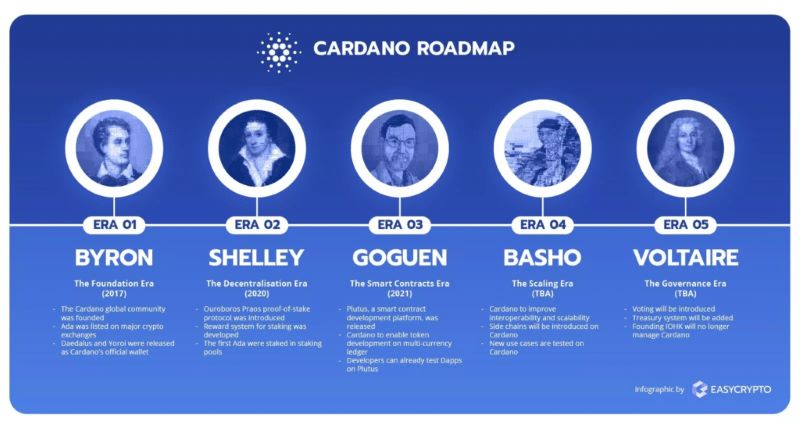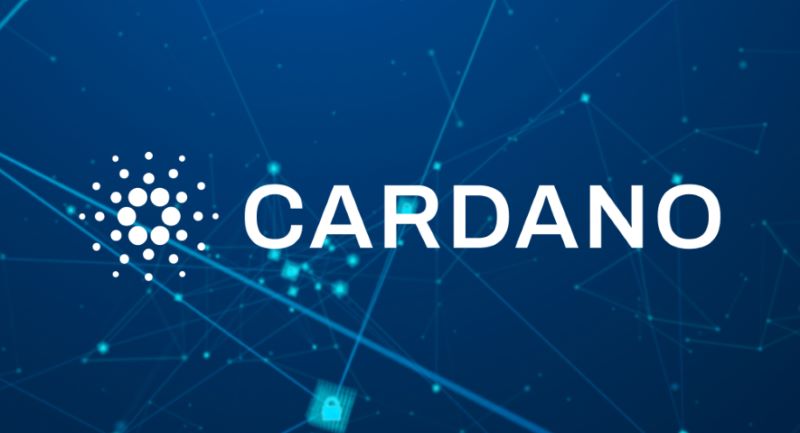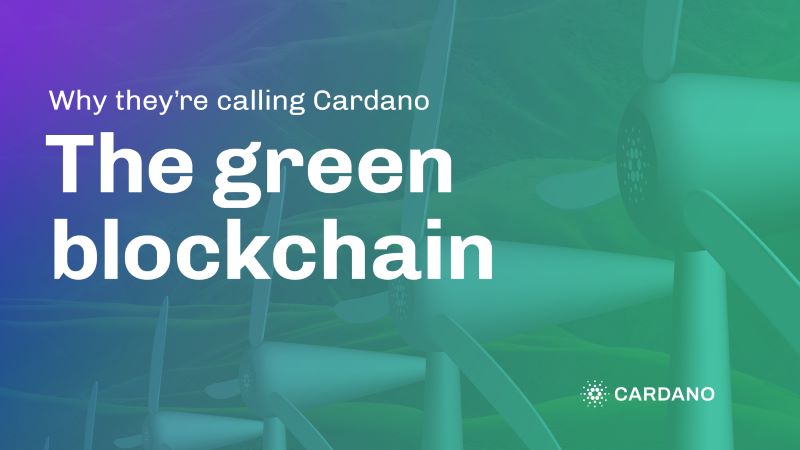Imagine a blockchain that’s not only powerful but also environmentally responsible. Dive into the world of Cardano (ADA), the sustainable blockchain of the future, and discover how it’s redefining the industry with its eco-friendly approach and innovative technology.
Introducing Cardano
Cardano (ADA) is a third-generation blockchain platform designed with a focus on sustainability, scalability, and interoperability. Led by Charles Hoskinson, a co-founder of Ethereum, Cardano aims to create a more balanced and sustainable ecosystem for cryptocurrencies.
Its unique two-layer architecture separates transaction processing and smart contract execution, ensuring efficiency and security. Cardano’s development is based on peer-reviewed academic research, aiming to achieve high assurance code and a robust foundation.
The platform’s native cryptocurrency, ADA, named after pioneering mathematician Ada Lovelace, serves various functions within the ecosystem, including transaction fees and participation in the proof-of-stake consensus mechanism, Ouroboros. Ouroboros is designed to be more energy-efficient than earlier proof-of-work systems, aligning with Cardano’s sustainability goals.
Cardano’s vision extends beyond cryptocurrency, aiming to provide the infrastructure for future economic and social systems. It seeks to empower both unbanked populations and the developed world by creating a decentralized financial system and enabling secure, scalable transfer of value through complex programmable transactions.
Exploring Cardano’s Ouroboros Protocol- Sustainable Blockchain
In the ever-evolving world of cryptocurrencies, Cardano stands out as a beacon of sustainability, thanks to its innovative Ouroboros protocol. This proof-of-stake (PoS) consensus mechanism challenges the energy-intensive proof-of-work (PoW) model used by Bitcoin and other cryptocurrencies, drastically reducing the blockchain’s carbon footprint.
Developed with a strong research-driven approach, Ouroboros prioritizes energy efficiency, security, and scalability. It eliminates the need for energy-consuming mining operations, instead selecting validators based on their staked coins, leading to lower transaction fees and faster processing times. This shift represents a significant paradigm shift in how blockchains can operate sustainably.
Cardano’s commitment to academic rigor is evident in the meticulous research and peer-review process behind Ouroboros, ensuring a secure and resilient protocol. This dedication to sustainability, combined with its scalability and efficiency, positions Cardano as a future-proof solution for the growing demand for blockchain applications.
As the world grapples with the environmental impact of technology, Cardano’s Ouroboros protocol demonstrates that a sustainable and scalable blockchain is not just a possibility, but a reality. It paves the way for a new era of blockchain technology that aligns with global sustainability goals while delivering the performance and security needed for the digital future.
Cardano’s Roadmap to Sustainability
In the dynamic landscape of blockchain technology, Cardano emerges as a leading example of sustainability. Its research-driven approach, emphasizing peer-reviewed studies, sets it apart as a future-proof platform. Cardano is addressing the industry’s growing concerns about energy consumption and environmental impact through its innovative roadmap to sustainability.
Central to Cardano’s philosophy is its eco-friendly proof-of-stake (PoS) consensus mechanism, Ouroboros. Unlike energy-intensive proof-of-work systems, Ouroboros minimizes energy consumption by eliminating the need for competitive mining. This unique design ensures lower transaction costs and contributes to Cardano’s overall sustainability mission.
Cardano’s layered architecture, separating transaction handling from smart contract execution, further enhances its sustainability by promoting efficient processing and seamless upgrades. This modularity not only boosts the network’s scalability but also ensures its adaptability to future demands.
Strategic partnerships, such as the collaboration with the Ethiopian government to implement a blockchain-based education system, demonstrate Cardano’s commitment to real-world applications with a positive social impact. Furthermore, the platform’s decentralized governance model, Project Catalyst, empowers ADA holders to fund and support sustainable initiatives, fostering a culture of responsibility within the community.
Cardano’s research-driven approach, with collaborations with academic institutions, guarantees that the platform’s development is rooted in cutting-edge scientific knowledge. This minimizes risks and ensures a robust foundation for future growth.
In conclusion, Cardano’s comprehensive approach to sustainability encompasses energy-efficient technology, modular architecture, community governance, and research-based development. It’s not just about creating a blockchain for today but building a sustainable and equitable ecosystem for the future of digital transactions.
How Cardano’s ADA is Pioneering the Green Blockchain Movement
In the rapidly evolving world of cryptocurrencies, Cardano (ADA) is a trailblazer for sustainability. As the demand for eco-conscious solutions grows, Cardano is answering the call with its innovative approach to energy consumption and unwavering commitment to environmental responsibility.
Unlike energy-intensive Bitcoin, Cardano utilizes a Proof of Stake (PoS) consensus mechanism called Ouroboros, drastically reducing its carbon footprint. This energy-efficient algorithm eliminates the need for power-hungry mining, making Cardano a greener alternative in the crypto space.
Cardano’s unique layered architecture further enhances its sustainability by enabling efficient processing and upgrades without disruptive and wasteful hard forks. Built on peer-reviewed research, every network update is scrutinized for potential environmental impacts, ensuring that Cardano evolves responsibly.
Beyond technology, Cardano’s dedication to sustainability is reflected in its community-driven governance and strategic partnerships. The Cardano Foundation prioritizes social and environmental considerations, while ADA holders actively influence the project’s direction through decentralized governance.
As the world recognizes the environmental toll of technology, Cardano’s ADA emerges as a shining example of a sustainable blockchain. Its energy-efficient design, layered architecture, and commitment to research and community governance make it a leader in the green blockchain movement.
Stay informed about Cardano’s groundbreaking advancements and the latest trends in sustainable blockchain technology. Subscribe to the Blockchain Bulletin Weekly newsletter for in-depth analysis, expert insights, and exclusive content.


